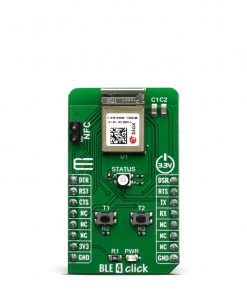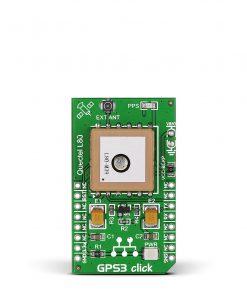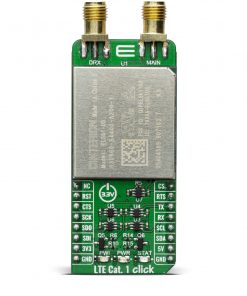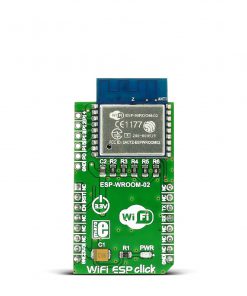NB IoT 2 Click
R995.00 ex. VAT
NB IoT 2 Click is a compact add-on board that contains a compact LTE Cat NB2 module with ultra-low power consumption. This board features the BC66-NA, a high-performance, multi-band LTE Cat NB2 module with extremely low power consumption from Quectel Wireless Solutions. It provides a flexible and scalable platform for migrating from GSM/GPRS to NB-IoT network and supports band 71 and band 85 to accommodate more operators. It also offers external interfaces, protocol stacks (providing great convenience for your applications), and a complete range of SMS and data transmission services to meet client-side demands. This Click board™ is suitable for a wide range of IoT applications, such as smart metering, intelligent wearables, security and asset tracking, home appliances, environmental monitoring, and many more.
NB IoT 2 Click is supported by a mikroSDK compliant library, which includes functions that simplify software development. This Click board™ comes as a fully tested product, ready to be used on a system equipped with the mikroBUS™ socket.
Stock: Lead-time applicable.
| 5+ | R945.25 |
| 10+ | R895.50 |
| 15+ | R845.75 |
| 20+ | R813.91 |

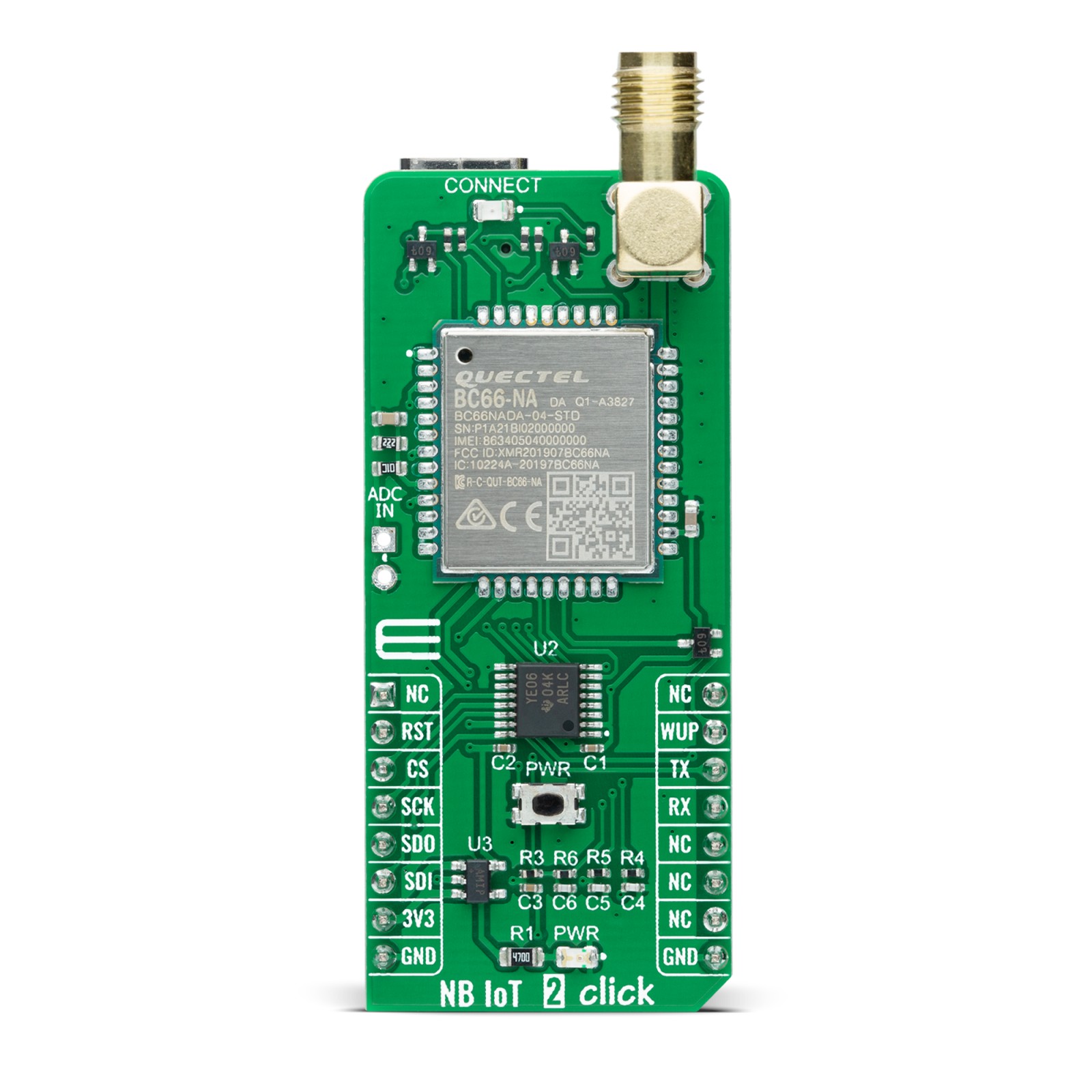


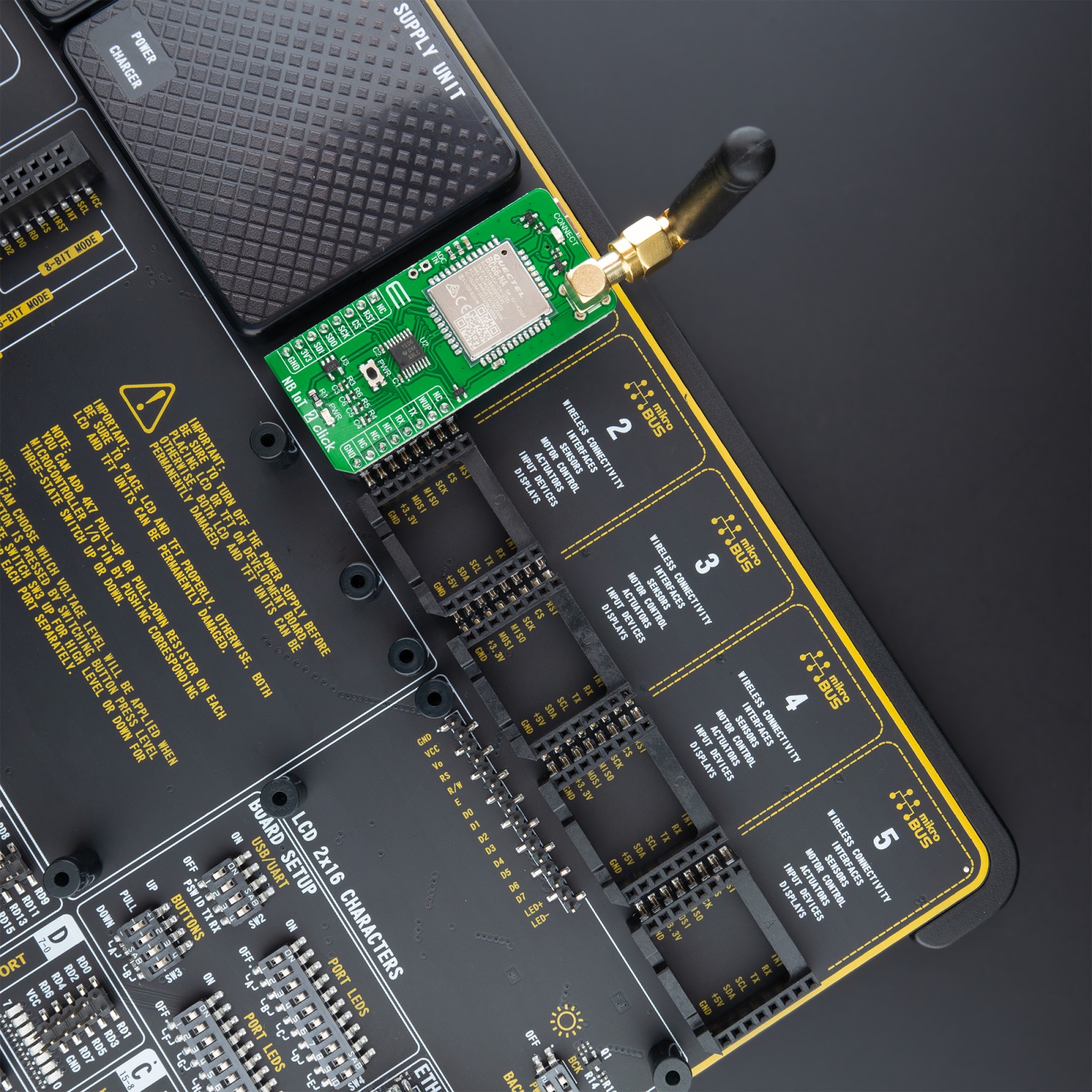
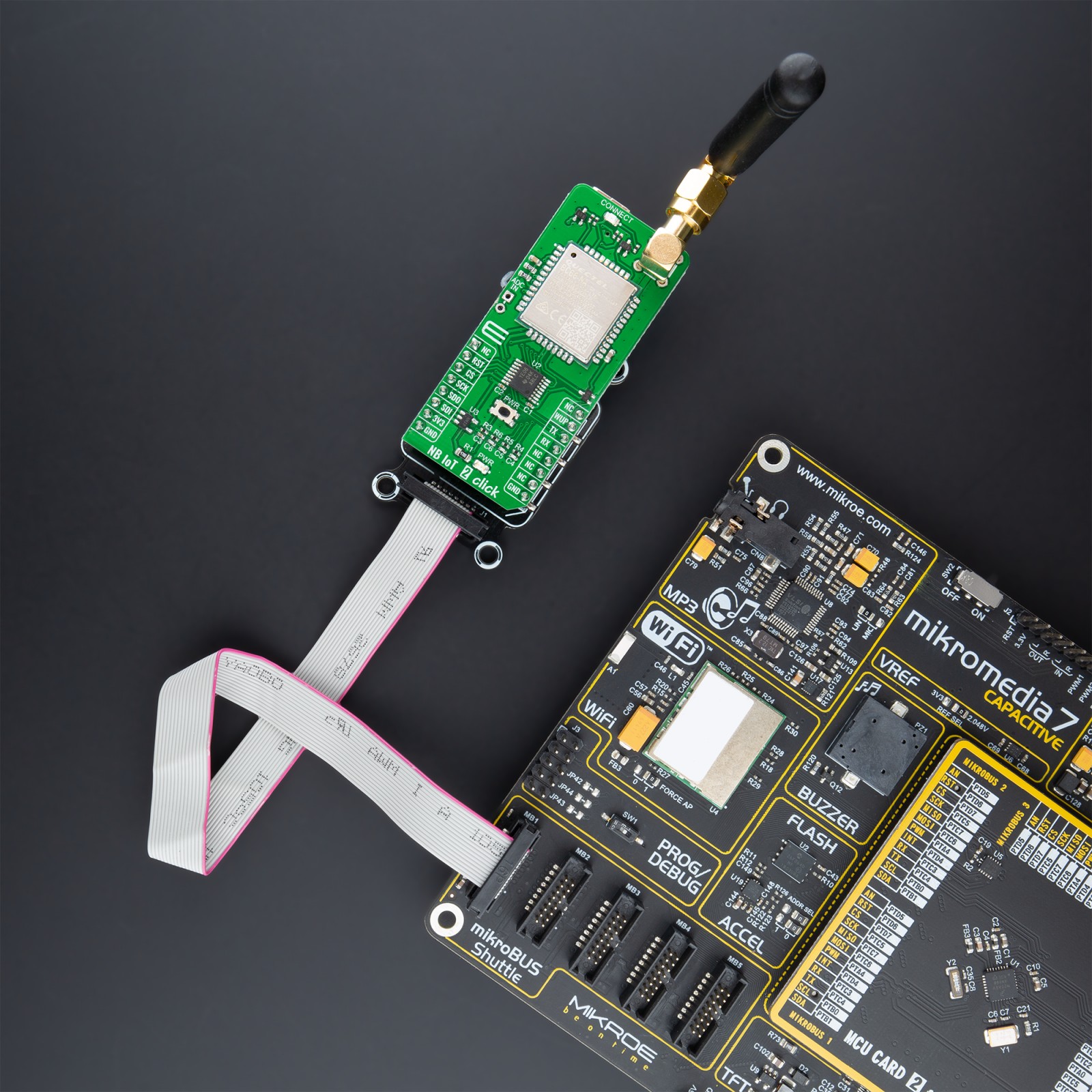

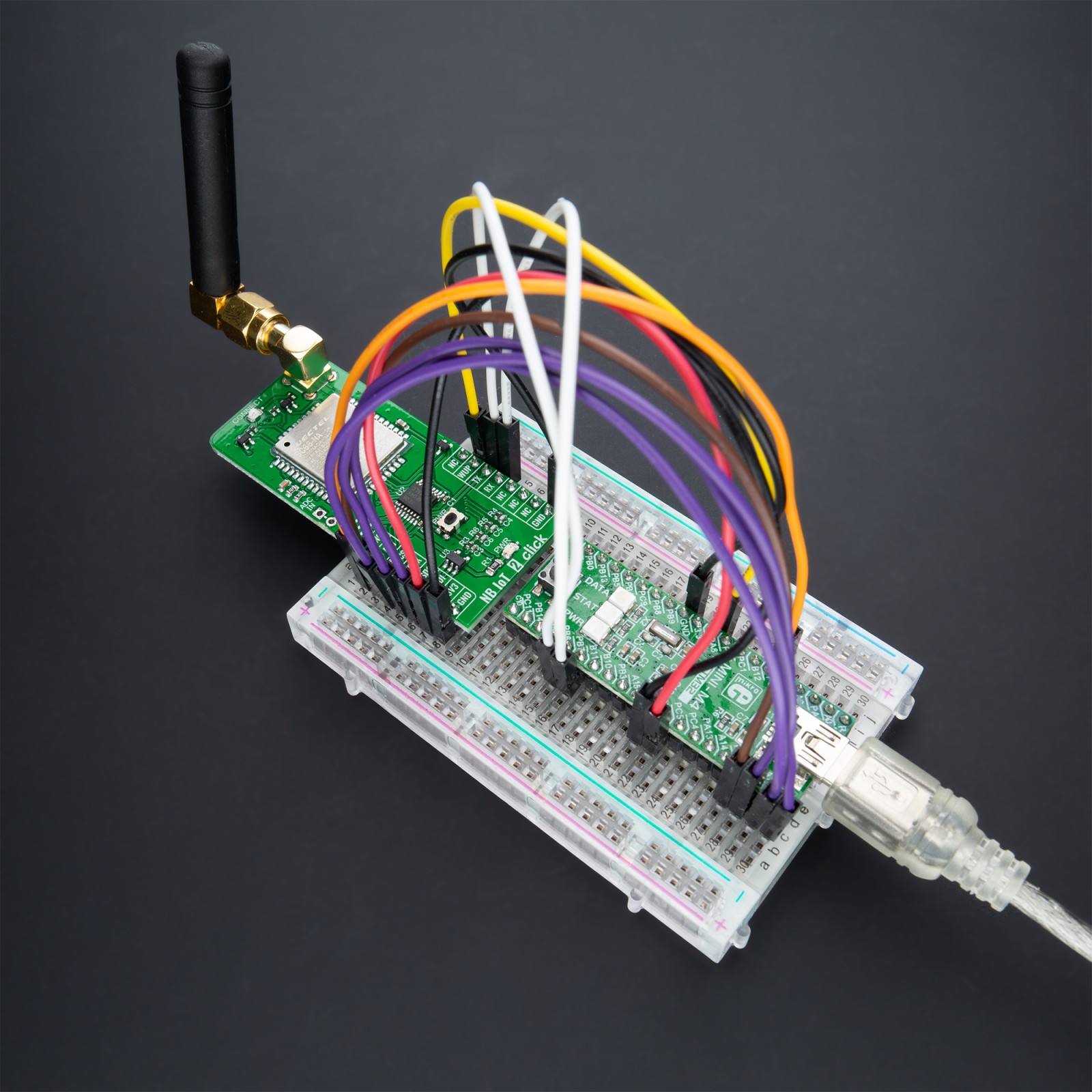

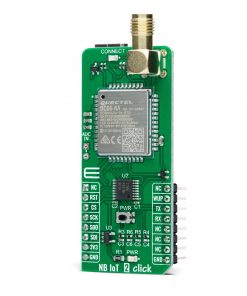
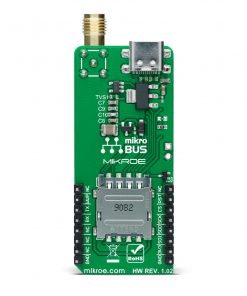

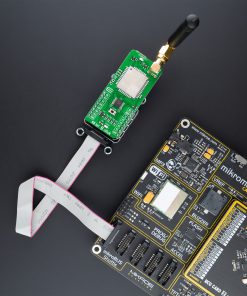
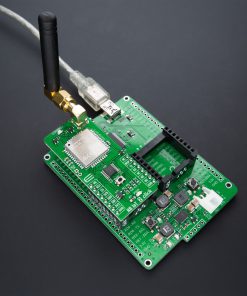
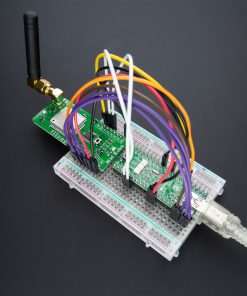
.jpg)



